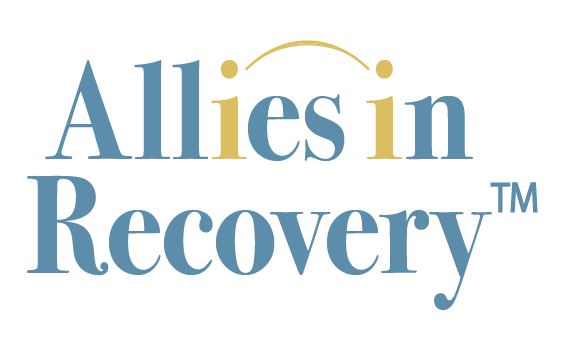How Would CRAFT Work in my Situation?

Our Allies member is heartbroken, reeling from the damage her daughter has done to the family, and hoping she’ll “hit some kind of bottom”… How would the CRAFT method suggest she approach her situation?
*This post originally appeared on our Member Site blog, where experts respond to members’ questions and concerns. To sign up for our special offer and benefit from the Allies in Recovery eLearning program, click here.
“When it rains it pours is something I can identify with. Our daughter met a boy and he is someone well versed in the treatment brokering business. He convinced her to leave treatment and relapse. Then she was supposed to get money for going to a new rehab. We fear this boy is now controlling things. He took her to CA and I believe they are shopping for treatment for her there. She had told us about her plan to go to FLA or CA but we insisted she stay in Texas and she promised she would. We then found out through a friend that she had snapchatted she was at the airport and had left Texas. My heart sank.
So how does CRAFT deal with this? She has called several times but we did not answer the phone. We are heartbroken. For our own sanity we needed to cut off ties with her. The damage she has done to my family is hard to even put in words. I am not sure that is the CRAFT way to approach this problem but we are hoping she hits some kind of bottom and reaches out for real help.
She did well on Suboxone and was leading a very productive life for several months. I am hopeful she can do it again but at this point she is not ready.
Thank you for all your suggestions and the work you are doing.”
Dominique Simon-Levine reminds this mother what the CRAFT method would encourage the family to do
It is hard to imagine what that boy did. There were hearings on the hill about deceptive practices in the treatment world. I think this one may beat them all.
CRAFT would suggest you stay in contact, urge treatment, and help with treatment if needed. The contact can be a text telling her you love her. In a second text, perhaps you reminisce about how you felt having your daughter back as a result of suboxone.
For your own sake, step away
Then try like hell to stop thinking about it for at least a couple breaths, maybe you go back to module 7. Module 7, available on our member site, provides an outline of the main tenets of cognitive behavior therapy (CBT) (view an excerpt from module 7 here) . We’ve added this to the original CRAFT model because, big or small, the problems reside, in no small part, in your thoughts. Pay attention to what your head is doing to yourself. CBT shows you what to look for. Watching yourself worry can provide an understanding of where to wedge the breaks. Following the distortions your mind puts on the situation—which make you feel even worse—is an invitation to find peace, moment by moment.
I get that your own sanity demands that you not take your daughter’s phone calls. Let that be what it is, until you find some strength again, for this is equally about you.
It is devastating to hear that your daughter has run off to another state, that she is using opiates, and is under the influence of someone who does not have her best interests at heart.
Remember to keep the door open
The third text you could send, once you’re able, is to offer help with treatment. She knows this, I would guess, but reinforcing treatment help in a text is what you can do.
CRAFT guides us to intervene before bottoms are reached. It is not necessary to hit some terrible bottom before accepting someone’s reaching out with help. Motivation comes and goes, perhaps dozens of times a day (read our post about recognizing motivation). Do what you can to clear the way to the door of treatment. For now, that may be nothing more than reminding your daughter you are there, ready to help.
Yes, the family DOES have a role to play. Your stance, behavior, and choices DO make a difference. At Allies in Recovery we are absolutely convinced of this. “Tough love” is not a successful technique. Our learning platform is set up to help family members learn the techniques that will reduce conflict, build that bridge of communication, and be effective in guiding your loved one into treatment. Together we will move your loved one towards recovery. Learn more here.
